Cultural Safety: Historical Context and Modern Implications Essay
VerifiedAdded on 2022/09/14
|7
|1467
|13
Essay
AI Summary
This essay delves into the critical concept of cultural safety, particularly within the context of Aboriginal and Torres Strait Islander communities in Australia. It examines the historical injustices, specifically the forced removal of children, known as the Stolen Generations, and its profound sociological, psychological, and psychosocial consequences. The essay explores the government's response, including the National Inquiry into the Separation of Aboriginal and Torres Strait Islander Children from Their Families and subsequent apology. It highlights the long-term effects of cultural dispossession on health, social identity, and mental well-being. Furthermore, it emphasizes the importance of reconciliation strategies, including effective communication, empathy, and the building of trust to address the needs of these communities. The essay concludes by underscoring the role of social workers, non-governmental organizations, and healthcare professionals in supporting the healing process and fostering cultural safety, with a focus on the crucial role of communication and behavioral strategies in achieving reconciliation and preserving cultural ties.
1 out of 7
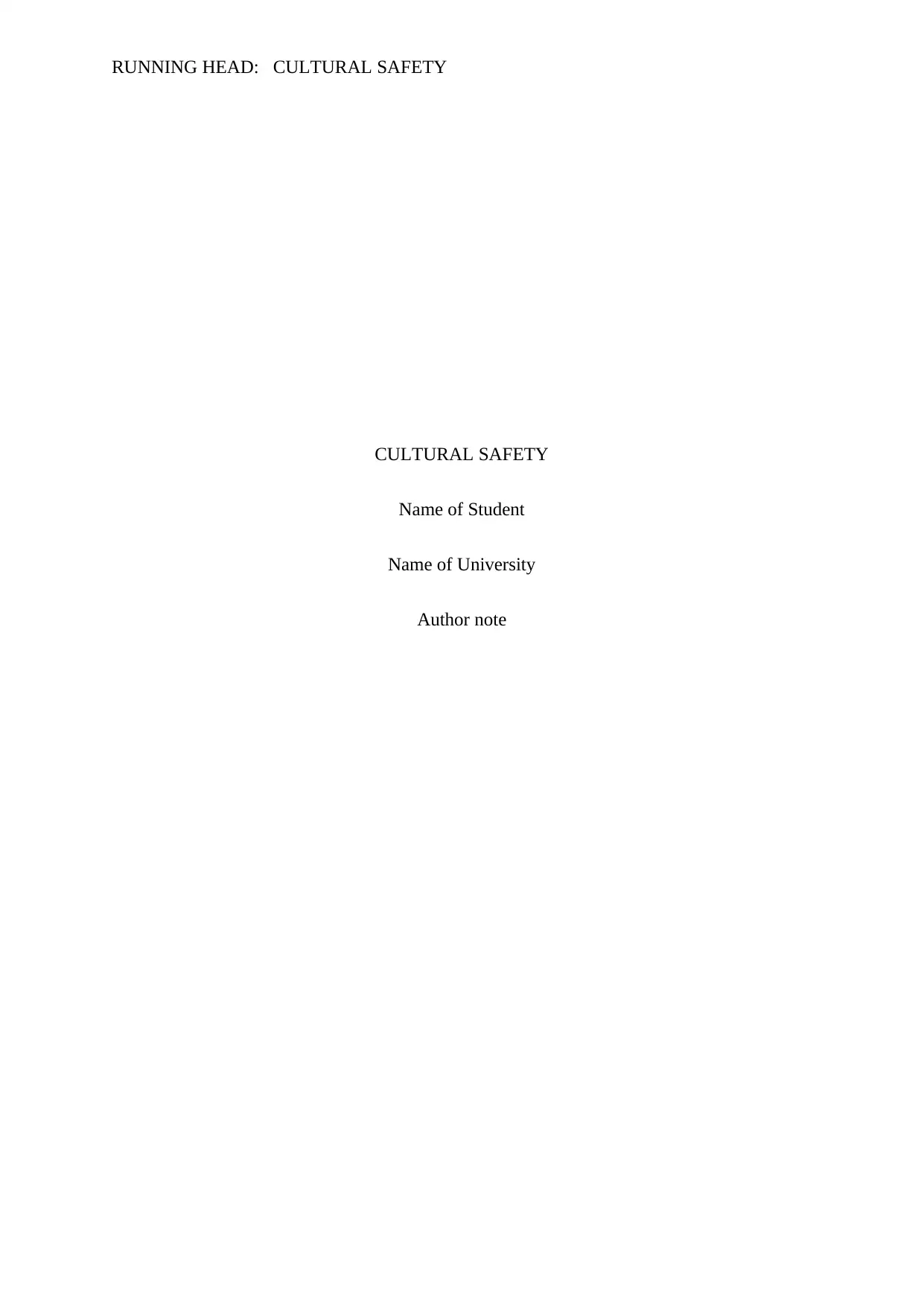
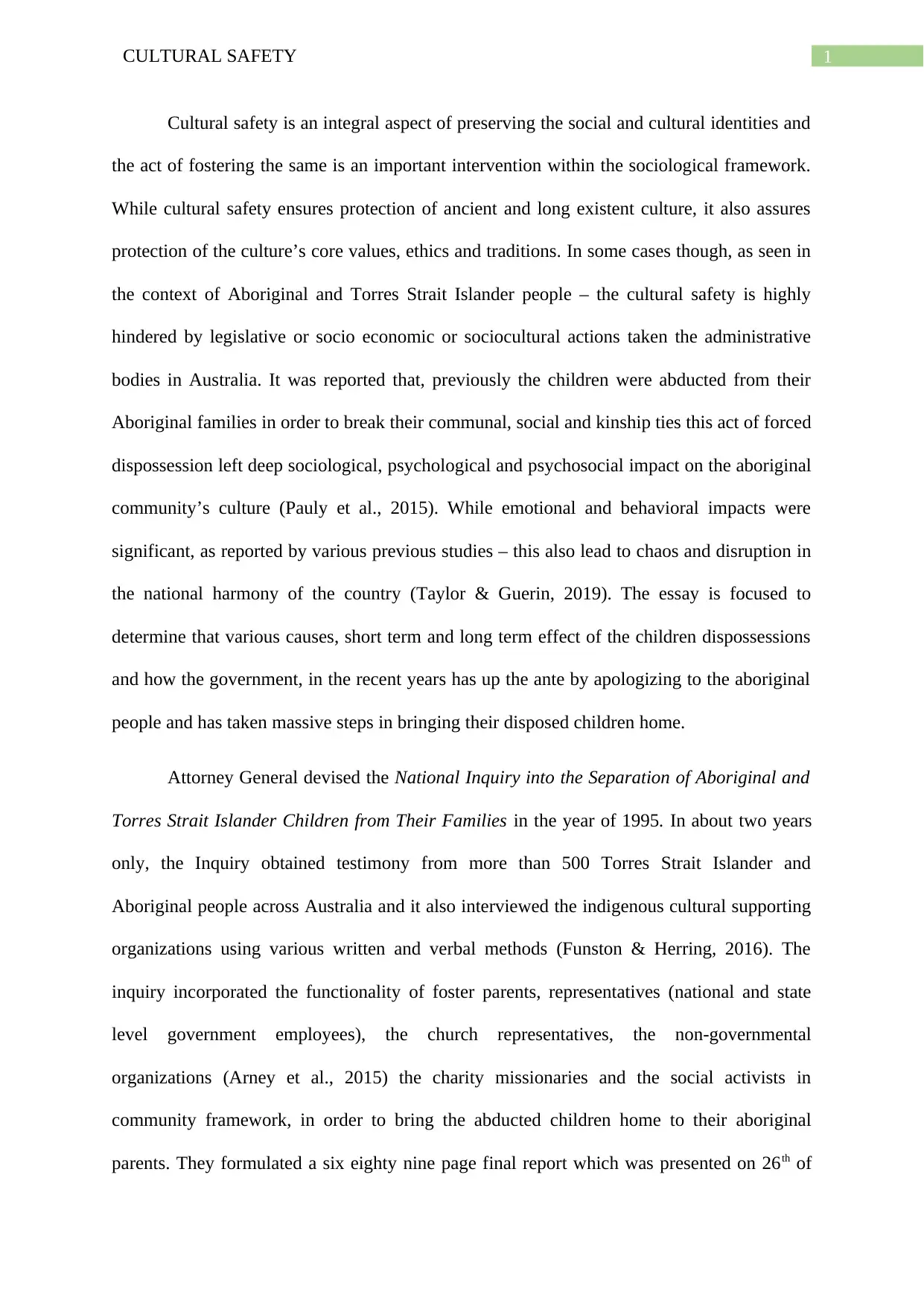
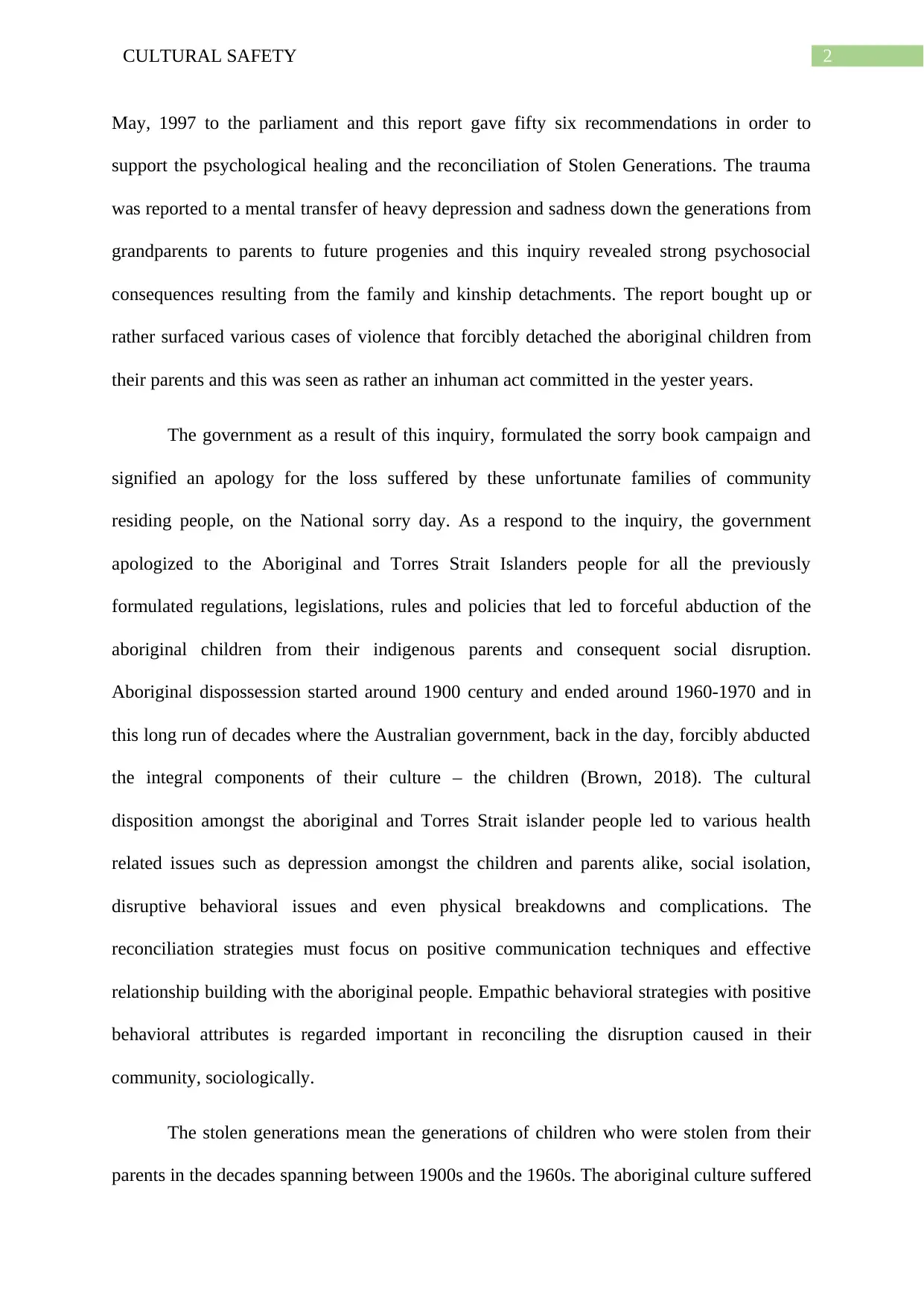
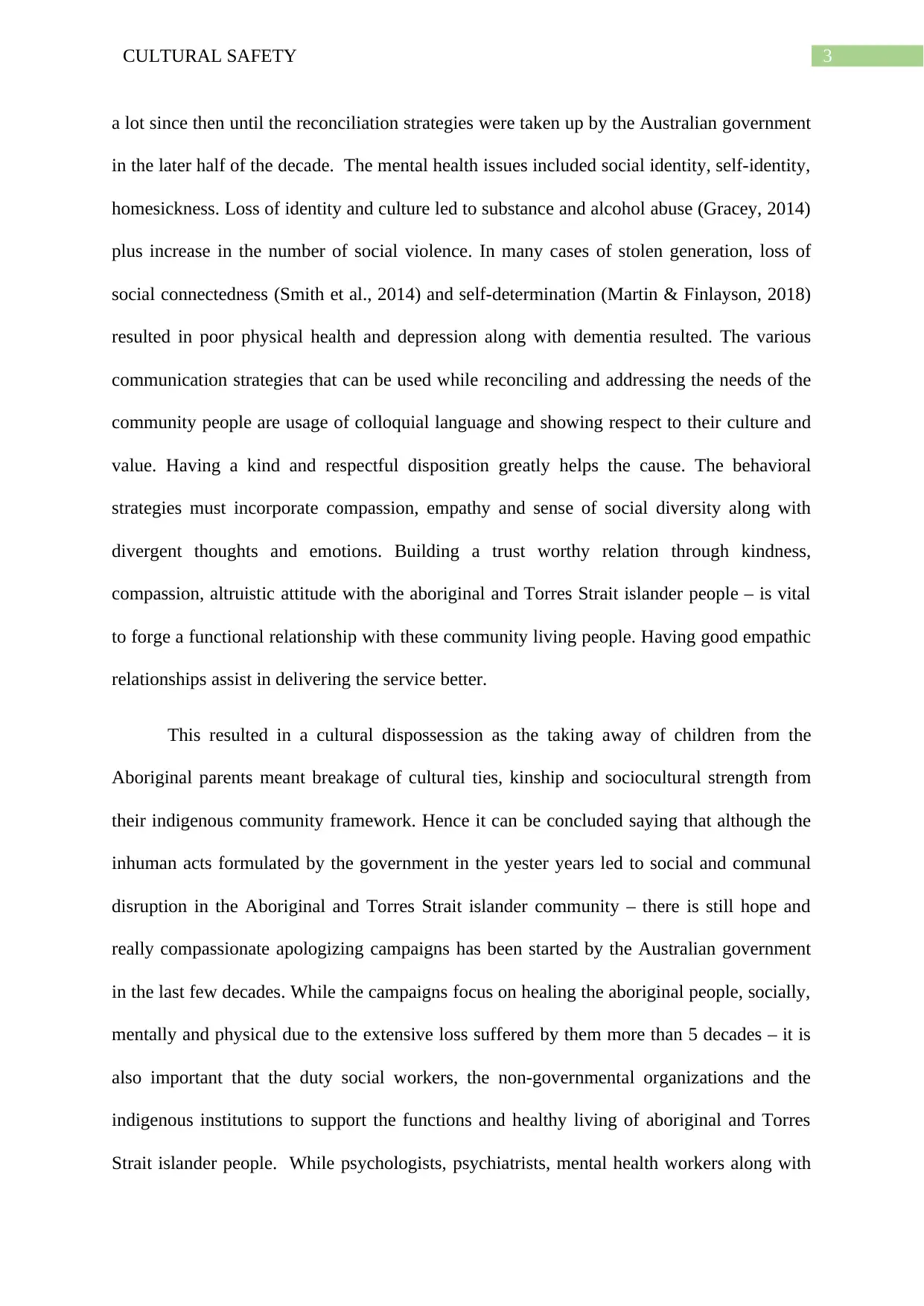
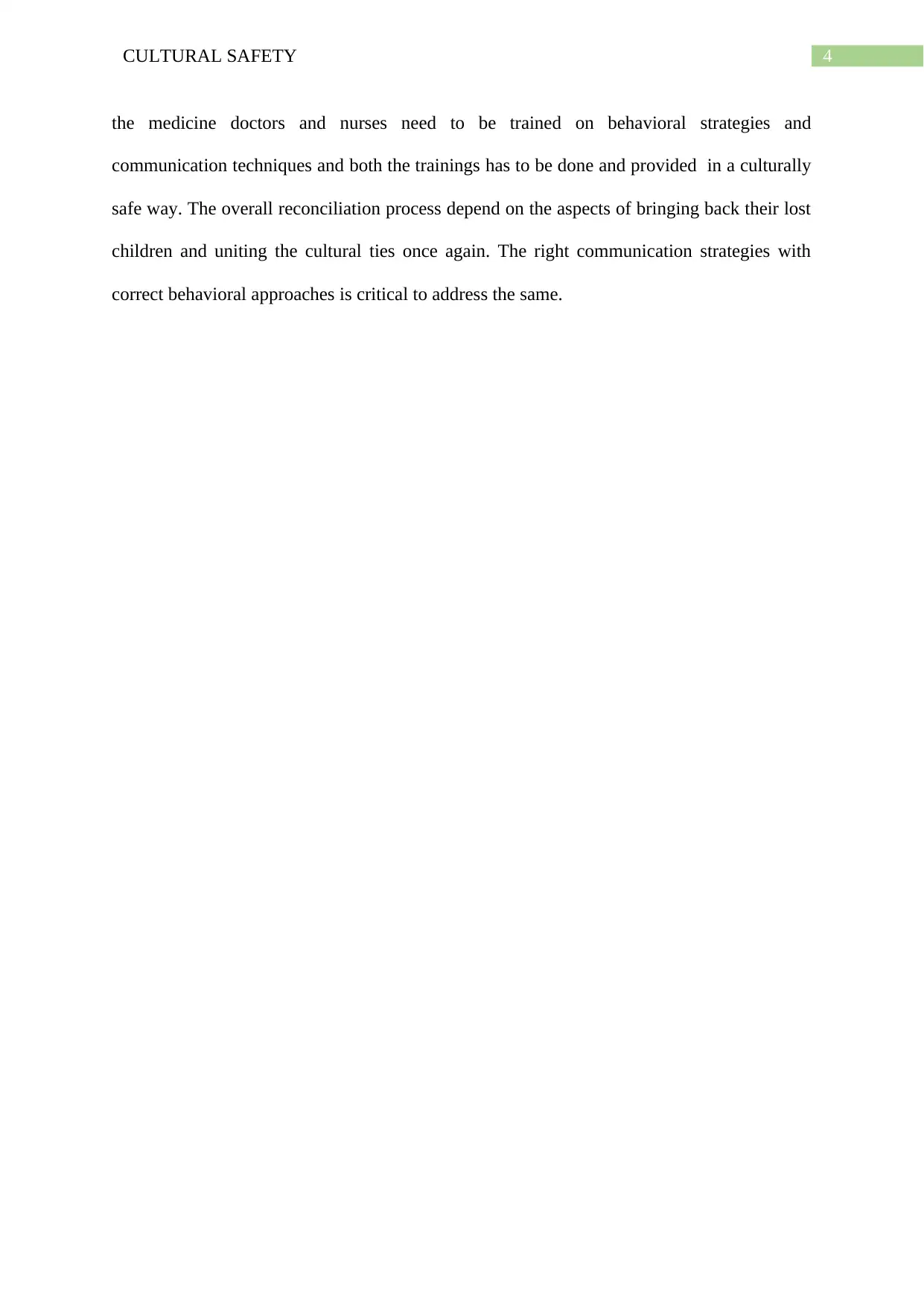
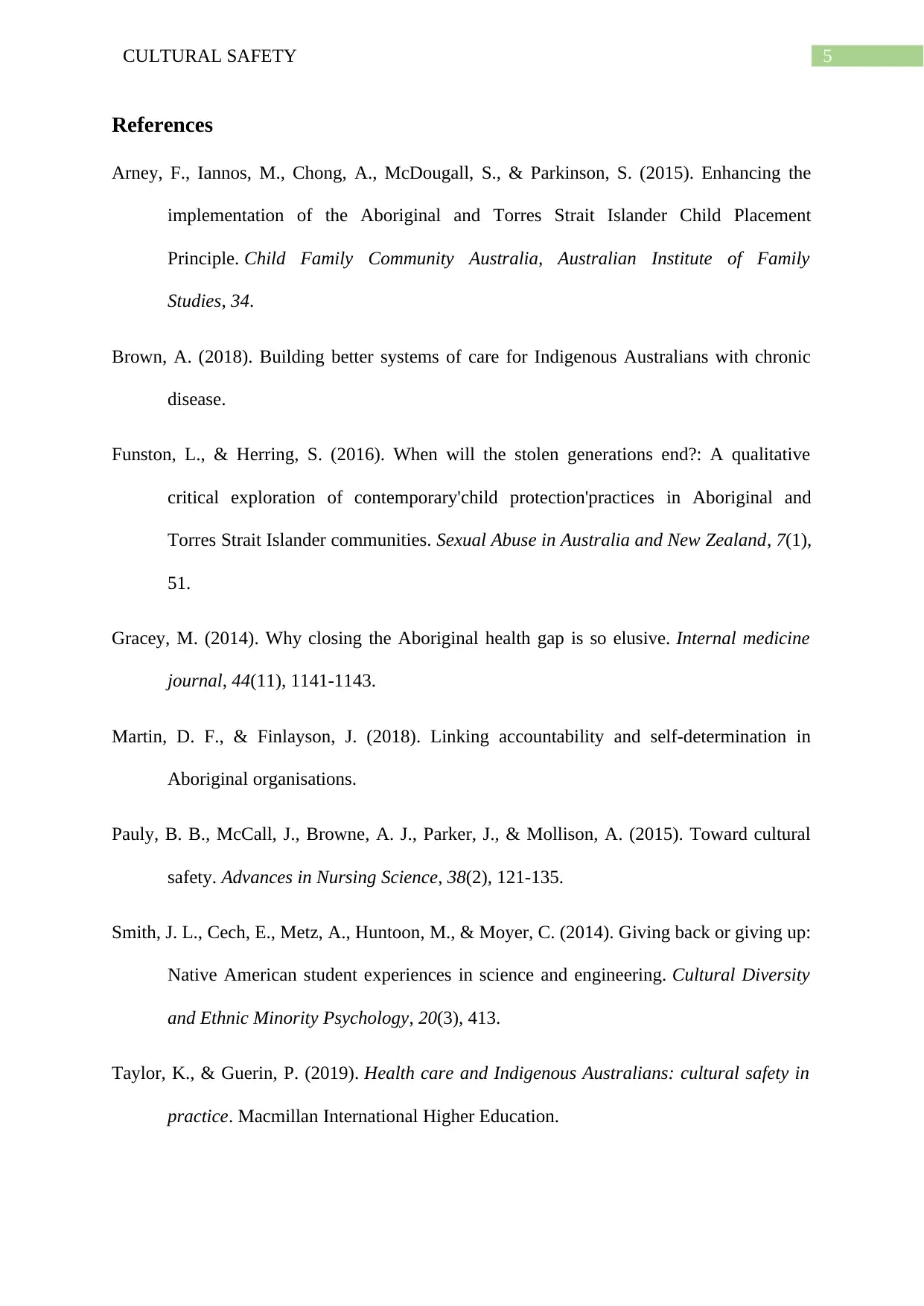







![[object Object]](/_next/static/media/star-bottom.7253800d.svg)